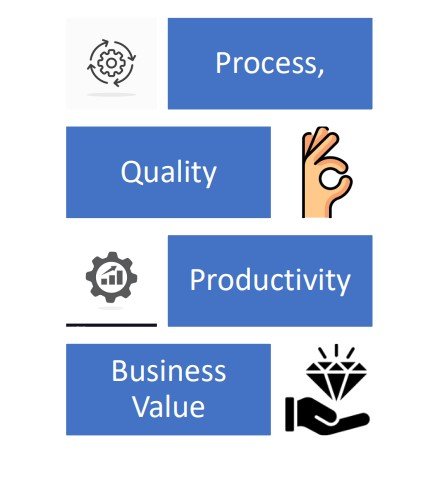Agile methodologies have revolutionized the way software development is done. Agile teams are self-organizing, collaborative, and highly adaptable, enabling them to deliver high-quality software products quickly and efficiently. But what is the measure for the success of your agile transformation?
In this blog, we will discuss the importance of Agile Metrics and KPIs, the different types of metrics and KPIs, and how to use them to measure the success of your agile transformation.
THE IMPORTANCE OF AGILE METRICS AND KPIS
Agile Metrics and KPIs help you to track and measure the performance of your agile teams. They provide valuable insights into how your teams are working, how efficient they are, and how well they are delivering software products. With Agile Metrics and KPIs, you can identify areas for improvement, set performance targets, and track your progress towards achieving them.
Agile Metrics and KPIs also help you to communicate the value of your agile transformation to stakeholders, including executives, customers, and team members. By tracking and reporting on key metrics, you can demonstrate the success of your agile transformation and the impact it is having on your organization.
TYPES OF AGILE METRICS AND KPIS:
Agile Metrics and KPIs can be divided into four categories

Let’s take a closer look at each of these categories:
1. PROCESS METRICS AND KPIS
Process Metrics and KPIs focus on measuring the effectiveness of your agile processes. Examples of Process Metrics and KPIs include cycle time, lead time, velocity, and burndown charts. These metrics help you to track the progress of your work, identify bottlenecks, and continuously improve your processes.
2. QUALITY METRICS AND KPIS
Quality Metrics and KPIs focus on measuring the quality of your software products. Examples of Quality Metrics and KPIs include defect density, code coverage, and test automation coverage. These metrics help you to ensure that your software products meet the required quality standards and that they are free from defects.
3. PRODUCTIVITY METRICS AND KPIS
Productivity Metrics and KPIs focus on measuring the productivity of your agile teams. Examples of Productivity Metrics and KPIs include team capacity, team utilization, and story points per iteration. These metrics help you to ensure that your teams are working efficiently and effectively.
4. BUSINESS VALUE METRICS AND KPIS
Business Value Metrics and KPIs focus on measuring the value of your software products to your customers and your organization. Examples of Business Value Metrics and KPIs include customer satisfaction, user adoption, and return on investment (ROI). These metrics help you to ensure that your software products are delivering the expected value to your customers and your organization.
HOW TO USE THIS INFORMATION FOR YOUR AGILE TRANSFORMATION?
Now that we’ve covered the different types of Agile Metrics and KPIs, let’s discuss how to use them to measure the success of your agile transformation.
1. SET PERFORMANCE TARGETS:
Start by setting performance targets for each of the Agile Metrics and KPIs that you want to track. These targets should be based on your organization’s goals and objectives and should be challenging but achievable.
2. COLLECT DATA
Collect data on each of the Agile Metrics and KPIs that you are tracking. Use tools like JIRA, Agile Central.
One thing important while considering the KPIs to measure your Agile transformation is to ensure that the metrics are aligned with the organization’s goals and objectives. This will help to ensure that you are measuring the right things and that your efforts are focused on achieving the outcomes that matter most to your organization. This will ensure that everyone in the organization is dedicated to one common goal, which can help to improve collaboration, communication, and overall performance.

Vishakha Singh
Based in India, I work in a small consultancy in the tech industry, 100% remote. I’m passionate about marketing, technology, and uncovering better ways of doing things!








